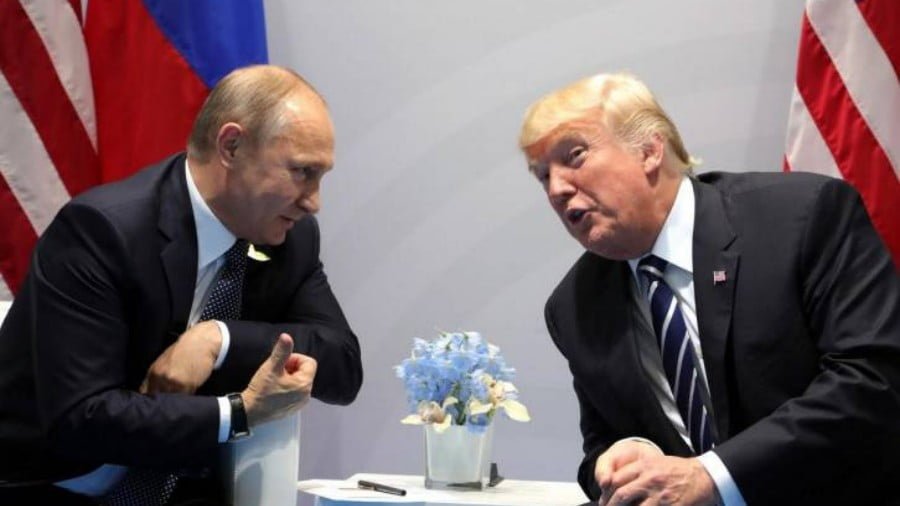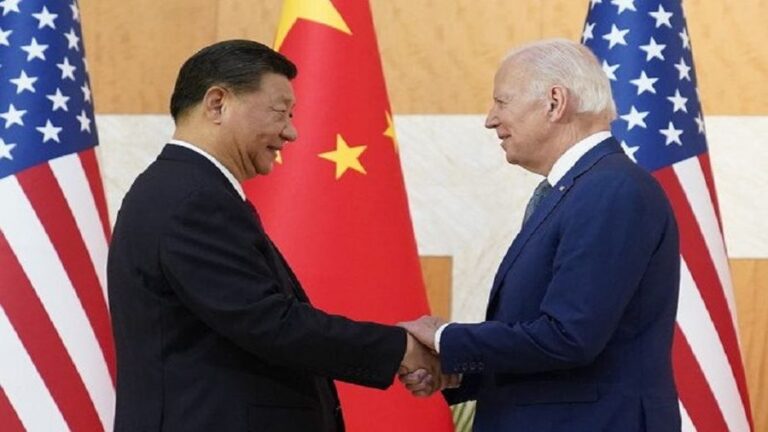Is Kashmir a US Trap to Confront Russia and China?
The Shanghai Cooperation Organization (SCO), founded in 2001 by the Shanghai Five (China, Russia, Kazakhstan, Kyrgyzstan, Tajikistan) and to which Uzbekistan, India and Pakistan were later added would be the ALBA and Iran countries hard core of resistance to world hegemony of the United States and Great Britain. Consequently, the avowed objective of the United States would be to dynamite this organization, having Balochistan, Kashmir and Xinjiang as scenarios for its destabilizing operations.
China and the diversification of its energy sources
Russia and China sealed a stratospheric oil contract that becomes one of the largest in the history of the energy industry for which the Russian company Rosneft, (the country’s largest oil company), will supply oil to the Asian giant for 25 years worth of 270,000 million dollars (about 205,000 million euros). This, coupled with the gas mega-contract signed by the Russian Gazprom and the Chinese CNPC, through which Russia will supply the Asian country with 38,000 million cubic meters of natural gas for an approximate amount of $ 400,000 million and with a validity of 30 years through The Sila Sibiri pipeline (The Force of Siberia), would lay the economic foundations of the Euro-Asian Union that began its journey on January 1, 2015 as an economic and military alternative to the US project to create a Trans-Pacific Association (TPP for short) English).
However, in an attempt to avoid Russian energy dependence, China would have taken on the challenge of building a new canal in Nicaragua (Grand Interoceanic Canal) similar to the Kra Isthmus canal that it has projected between Thailand and Burma to bypass the Malacca Strait, converted “de facto” into a saturated seaway affected by pirate attacks and inaugurated in 2010 the gas pipeline that connects China with Turkmenistan and that surrounds Russia to avoid its total Russian energy dependence while diversifying its purchases.
In addition, China would be building an extensive port network, which would include ports, bases and observation stations in Sri Lanka, Bangladesh and Burma and of which the strategic port in Pakistan, Gwadar, (the “gorge” of the Persian Gulf), would be a paradigm, to 72 kilometers from the border with Iran and about 400 kilometers from the most important oil transportation corridor and very close to the strategic Strait of Hormuz. The port was built and financed by China and is operated by the state-owned China Overseas Port Holding Company (COPHC), as the region around the port of Gwadar contains two thirds of the world’s oil reserves and 30 percent passes through it of the world’s oil and 80 percent of that received by China and is on the shortest route to Asia (Silk Road).
Pakistan and India: Two irreconcilable neighbors
Pakistan’s dangerous rapprochement with China would have accelerated the Pentagon’s doctrine of achieving the balkanization of Pakistan and its weakening as a state with Baluchistan as the insurgency’s field of operations. Thus, the US announced the suppression of military aid to Pakistan in the amount of $ 300 million while promoting the independence movement in the province of Balochistan where the strategic port of Gwadar is located with the avowed objective of making the star project unfeasible. of China, the “Initiative of the Belt and the Silk Road” and later the CIA will resort to the endemic contentious Kashmir that will be a new local episode between a Pakistan allied with China and an India supported by Russia, with the aggravating circumstance of having both nuclear ballistic missile countries.
Russia would be a strategic ally of India as it is the largest arms supplier to an India that has maintained an arms race for years with its rival and neighboring Pakistan with the unequivocal objective of preparing for a new armed confrontation. India would have the latest generation Agni V nuclear missile that can carry a nuclear warhead over a distance of 5,000 kilometers, while Pakistan would have the Hatf IV ballistic missile, developed with the help of China and capable of carrying a nuclear warhead and reaching 900 kilometers. . Thus, in the event of a new Indo-Pakistani armed confrontation, we would attend the first Russia-China military pulse in the form of a nuclear collision restricted to the Indian-Pakistani geographical area, the subsequent extension of “constructive chaos” to Chinese territory not being ruled out.
The explosive cocktail of Kashmir
Kashmir would be the perfect paradigm for the implementation of Brzezinski’s theory of “constructive chaos” in the region, a concept that would be based on the maxim attributed to the Roman emperor Julius Caesar “divide et impera”, to achieve the establishment of a field of instability and violence (balkanization) and create chaos that would spread from Lebanon, Palestine and Syria to Iraq and from Iran and Afghanistan to Pakistan, Kashmir and Anatolia (Asia Minor).
Kashmir would have become an explosive cocktail by combining ingredients as unstable as the Hindu-Muslim religious dispute, the territorial dispute and the icing on the cake of Kashmiri independence fighters supported by ex-jihadist fighters from Sudan, Pakistan and Afghanistan, traditionally oppressed by an Indian Army that it would have about 500,000 soldiers deployed in Kashmir (1 soldier for every 9 inhabitants) and the nationalist government of Modi would have revoked the special status of Kashmir, which in practice results in the sine die detention of local politicians in Kashmir and the strict control of Internet service.
On the other hand, in 1962 a confrontation broke out between India and China over the Chinese disagreement with the border line established in 1914 (McMahon Line), after which China gained control of the Aksai Chin plateau in addition to the Siachen Glacier, (territories which India continues to claim as its own.) China it aspires to store the water from the sources of rivers such as the Brahmaputra to supply Chinese cities in the east of the country, which would have set off alarms in the Modi government, which fears a notable reduction in the flow of available drinking water, so they do not rule out bombard Chinese hydraulic facilities. The recent armed incident in which several Indian soldiers were killed would have increased tension between the two countries, a circumstance that will be used by the United States to destabilize the border shared by both countries known as the Current Control Line (LAC).
Towards the destabilization of Xinjiang
Regarding eastern Turkestan or Xinjiang (“New Frontier”), it was incorporated into the Chinese empire in the 18th century and represents 17% of the country’s land area and 2% of its population) and the Xinjiang Uighur ethnic group (of origin Turkish-Mongolian and with a total of 8.5 million inhabitants), it preserves ethnic and Islamic characteristics that would place them very close to their relatives in Central Asia and Turkey, making it the ideal breeding ground to implement the Brzezinski style strategy of the “shock of civilizations ”.
By Germán Gorraiz López
Source: Global Research








Mongolian and East Turkish are not related. Neither linguistically nor religiously.
The Aksai Chin is not a part of the Himalayas. But rather a high mountain range connecting the great Kúnlún range to the Wakhan/Pamir and further on into Hindukush and the Pamirs.
OTHERWISE AN EXCEPTIONALLY COGNISANT, INSIGHTFUL AND STIRRING ANALYSIS!